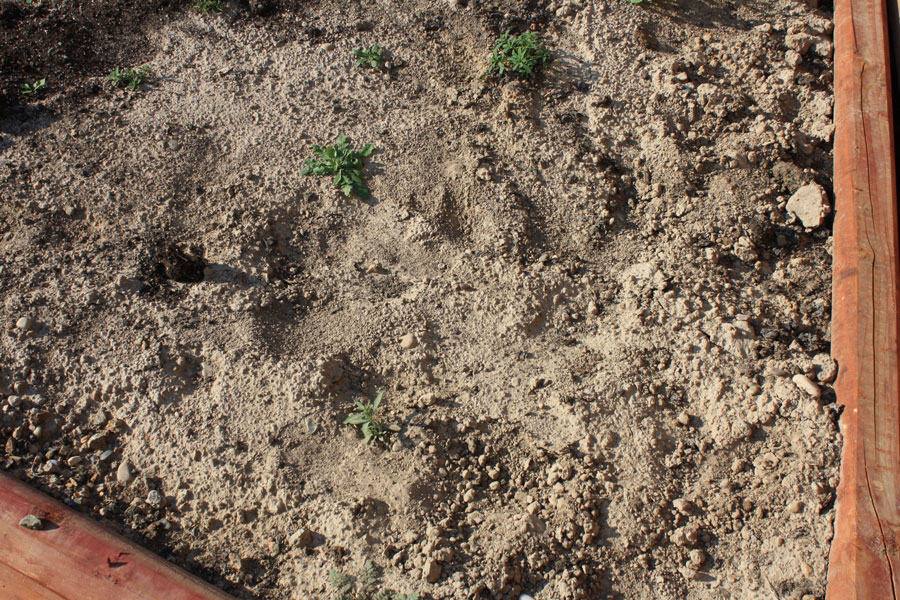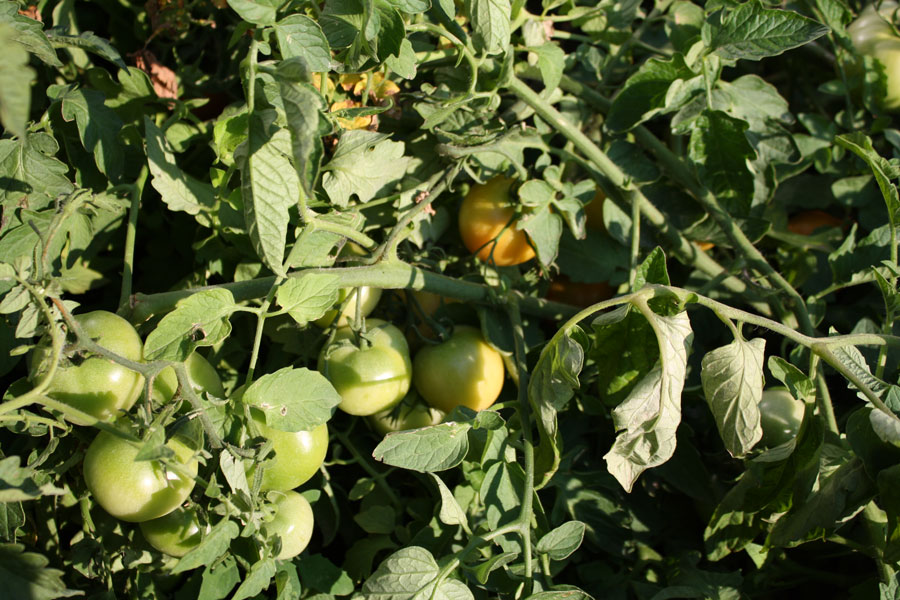What is the best way to fertilize your garden? Here are some options.
Published at | Updated at
Fertilizing and managing the nutrient needs of your garden and landscape is a science where we can determine the exact amounts and application rates to apply, yet can be tricky due to variabilities in soil makeup, weather, irrigation and specific crop needs.
For vegetable production, plan your fertilizer regimen by the crop, but also with the mindset of creating and providing a healthy soil for future crops that may have different nutrient needs. The first step is to increase the humus content in your soil. Humus is organic matter that has become so decomposed that it really will not break down much more, and is a natural source of many plant nutrients.
To increase the humus content, mix either a generic compost mix, a composted manure mix, or another form of organic residue into the soil. This has to be repeated annually as any organic additives will decrease in volume through natural decomposition, and without annual reapplication their impact becomes lessened. The humus being incorporated into the soil from the compost is a natural slow release system of nutrient delivery.

Synthetic fertilizers are the predominant way to efficiently and quickly give plants the nutrients they need, and is less work than shoveling organic matter into the garden.
With synthetic fertilizers you can tailor the amount and type of nutrient needed to what the crop requires. For example, corn uses more nitrogen than other crops, while beans and peas will use a small amount of nitrogen at the start of the growing season, but then will produce nitrogen themselves as they grow and mature.
Legume crops such as peas, beans, and lentils are nitrogen producing crops, and anything that is inter-planted or planted after them in the same location will benefit from the nitrogen that they produce. You may have heard of the “three sisters planting” method which is comprised of corn, beans, and squash.
In this method of planting each crop benefits the others in some way so that they all grow and produce well. The corn benefits the beans by providing it a tall structure to climb up and grow on. The beans benefit the corn and squash by naturally providing a nitrogen source, and the squash provides shade over the ground, thereby reducing evaporation and giving some physical protection.

If synthetic chemical fertilizer is the method you wish to use when fertilizing, timing is just as critical as amount, and type of chemical applied. Apply your fertilizer at the time of planting and then you can also side dress the crop while it is actively growing, but it should be done at the appropriate height and stage of development.
For example, sweet corn should be fertilized at planting, and then side dressed when it is about a foot and half tall. Most plants have enough fertilizer provided for them for the season with an application at planting time.
When fertilizing the garden at planting choose a fertilizer that has a higher content of phosphorus and potassium, and moderate nitrogen. This will help to promote good overall health, as well as the development of flowers and produce. As with corn, some crops will benefit from a side dressing application of nitrogen during the early to mid portion of the growing season. This side dress should be higher in nitrogen to help the plants develop proper size and leaf development.
Crops that need additional nitrogen to grow successfully include onions, garlic, peppers, vine crops, and Cole crops such as cabbage and Brussel sprouts. As a precautionary statement, if you over fertilize your plants they can have burned leaves, or they may produce lots of green vegetative growth and fail to produce flowers and fruit. Tomatoes are notorious for being over fertilized with nitrogen, and becoming overgrown with very little to no fruit production.
If the crop you are growing falls within this group of plants, then adding two to three inches of compost to the soil will help, and then one application of fertilizer while it is young to help it get established quicker. After that the nutrients available from the compost in the soil will feed the plant through the remainder of the season.
For further gardening questions please feel free to contact Lance at (208) 624-3102.

In the Garden is sponsored by ProPeat, which is dedicated to delivering solutions for any of your professional fertilization needs. Whether you need to reduce the harm to soils and the environment, or you're interested in the latest nitrogen, carbon and biochemical technologies, ProPeat is the perfect fit.


